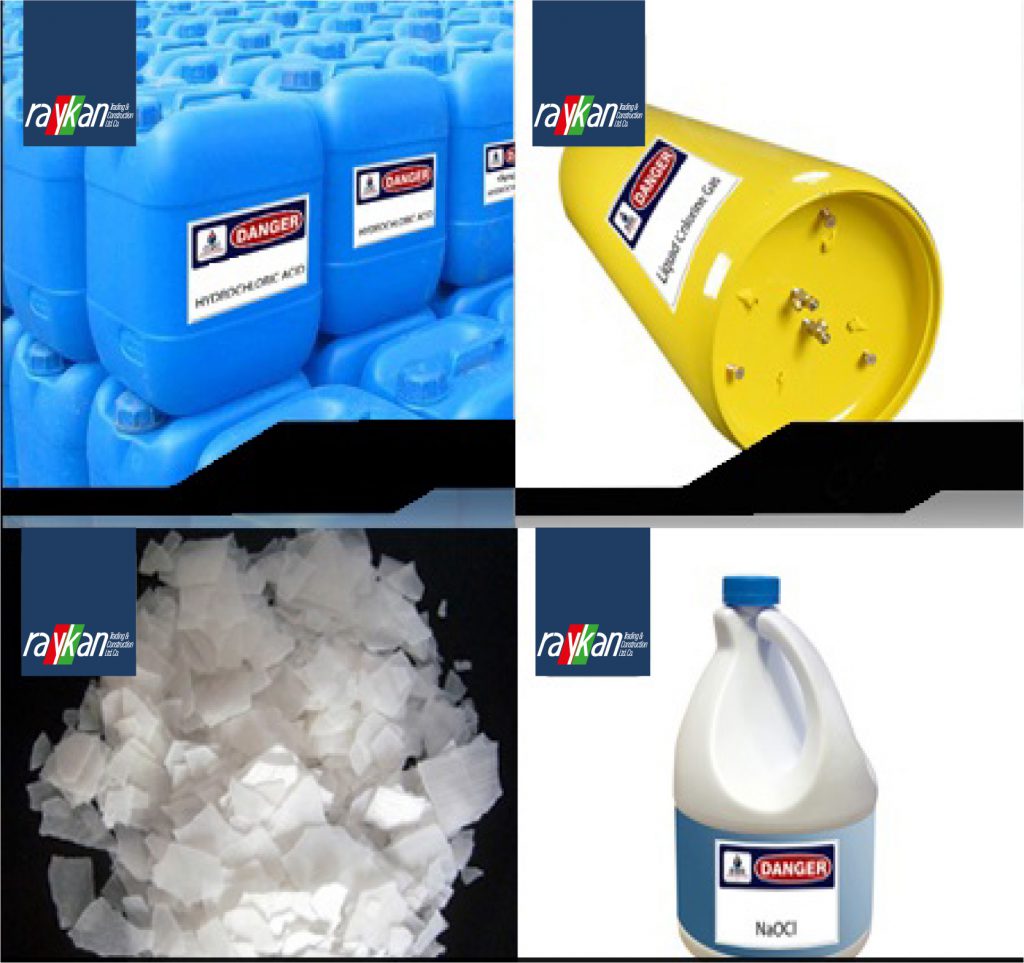
Rate Enquiry
Alkali ChlorineCaustic Soda Flakes
Caustic soda flakes is obtained from sodium hydroxide – technical grade, by the electrolytic process. It is a solid white, hygroscopic, odorless substance. Caustic soda flakes easily dissolve in water, with heat release. The product is soluble in methyl and ethyl alcohols.
Application:
Petroleum Industry (Petroleum products refining)
Chemical Industry (dyes, water treatment)
Pulp and Paper Industries (wood treatment)
Textile Industry
Metallurgy Industry (Alumina)
Soap and Detergent Industry
Caustic Soda Liquid
Caustic soda liquid (Sodium Hydroxide) with the chemical formula NaOH. It has a concentration of 48%, corrosive and non-flammable. Liquid, clear and odorless. Caustic soda liquid has a hygroscopic substance, easily absorb water and carbon dioxide from the air well soluble in water, alcohol and glycerol. Used as the basic chemical stuff in various industrial sectors, such as pulp and paper, soap and detergents vegetable oils, petroleum product, rubber and other chemical industries.
Hydrochloric Acid
Hydrochloric acid is a corrosive, strong mineral acid with many industrial uses. A colorless, highly pungent solution of hydrogen chloride (HCl) in water, when it reacts with an organic base it forms a hydrochloride salt. Physical properties of hydrochloric acid, such as boiling and melting points, density, and pH, depending on the concentration or molarities of HCl in the aqueous solution. They range from those of water at very low concentrations approaching 0% HCl to values for fuming hydrochloric acid at over 40% HCl.
Hydrochloric acid as the binary (two-component) mixture of HCl and H2O has a constant-boiling azeotrope at 20.2% HCl and 108.6 °C (227 °F). There are four constant-crystallization eutectic points for hydrochloric acid, between the crystal form of HCl·H2O (68% HCl), HCl·2H2O (51% HCl), HCl·3H2O (41% HCl), HCl·6H2O (25% HCl), and ice (0% HCl). There is also a metastable eutectic point at 24.8% between ice and the HCl·3H2O crystallization
Applications:
Detergent Raw Material, Acidizing of petroleum wells, Demineralizers and resin regeneration, Dye manufacturing, Cleaning products, Ore reduction, Gelatin, Pickling and metal surface, cleaning, Synthetic Rubber, Water Treatment, Pharmaceuticals, Food Processing, Manufacture of Chemical Intermediates, Industrial acidizing, Plastics and Polymers, Rigid, “pour-in-place” foams – for use in appliances, and, in smaller amounts, packaging Urethane sealants – used in construction applications, Cast elastomers – for production of articles such as roller blade wheels
Chlorine
Application:
Disinfectants
Sodium Hypochlorite
Sodium hypochlorite is a chemical compound with the formula NaClO. It is composed of a sodium cation (Na+) and a hypochlorite anion (ClO−); it may also be viewed as the sodium salt of hypochlorous acid. Sodium hypochlorite is practically and chemically distinct from chlorine.
Application:
Sodium Hypochlorite is the main ingredient in laundry bleach. It is used extensively as a bleaching agent in the textile, detergents, and paper and pulp industries. It is also used as an oxidizing agent for organic products. In the petrochemical industry, sodium hypochlorite is used in petroleum products refining. Large quantities are also used as a disinfectant in water and wastewater treatment and sanitary equipment. In food processing, sodium hypochlorite is used to sanitize food preparation equipment, in fruit and vegetable processing, mushroom production, hog, beef and poultry production, maple syrup production, and fish processing.
